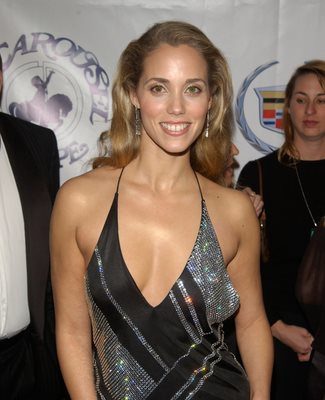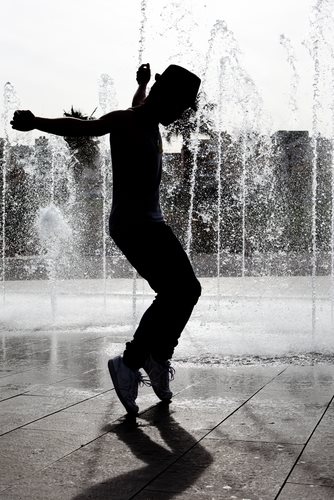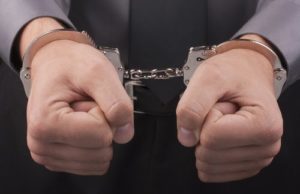The Truth Behind the Rumors of the Troy Aikman Divorce
 Overview of the Troy Aikman Divorce Filing
Overview of the Troy Aikman Divorce Filing
Reports emerging on January 24th, 2011 alleged that Troy Aikman and Rhonda Aikman had filed for divorce; shortly after the reports surface, the former-couple affirmed the rumors. A finalization of a Troy Aikman Divorce would mark the end of a 10-year marriage between American football legend – and famed Dallas Cowboys’ quarterback – Troy Aikman and former-Dallas Cowboys’ publicist Rhonda Aikman; the couple met while employed by the National Football League (NFL) franchise – Troy Aikman and Rhonda Aikman were married on April 8th, 2000 in the State of Texas:
The reasons behind the Troy Aikman have not since been disclosed; both Troy Aikman and Rhonda Aikman have released statements explaining that the decision to file for divorce was a difficult one, and the couple retains the highest degree(s) of respect and admiration for one another; in addition, Troy Aikman has requested that both the media – as well as the general public – respect the privacy of the couple during what he described as a ‘period of adjustment’]
At the time of the Troy Aikman divorce filing, the couple shares 2 daughters – Jordan and Alexa
The Plea within the Troy Aikman Divorce Settlement
A divorce settlement will typically include 3 primary facets with regard to the terms and conditions set forth by the presiding court official who was responsible for determining spousal support – in the form of alimony, child custody – and subsequent child support payments, and the division of assets. As per the divorce hearing and settlement associated with the Troy Aikman Divorce – which can range from an out-of-court settlement to a divorce hearing – the reasoning behind the breakdown of a marriage – regardless of the degree of celebrity status – will typically provide a legal framework for the terms and conditions latent within a divorce settlement:
The Plea of ‘No Contest’ within the Troy Aikman Divorce
An uncontested divorce is one in which both parties have reached a mutual agreement with regard to the reasons behind filing for divorce, as well as the placement of fault in conjunction to the breakdown of the marriage. In the case of the Troy Aikman Divorce, if both Troy Aikman and Rhonda Aikman opt to file for a divorce uncontested – or unchallenged – in nature, they may have the opportunity to settle outside of court or file for divorce in an uncontested fashion in order to avoid potential media coverage and publicity.
The Plea of ‘Contest’ and Challenge within the Troy Aikman Divorce
An uncontested divorce is one in which both parties have reached a mutual agreement with regard to the reasons behind filing for divorce, as well as the placement of fault in conjunction to the breakdown of the marriage. In the event that both Troy Aikman and Rhonda Aikman seem unable or unwilling to negotiate mutual terms of the divorce or reach an agreement upon the identification of fault, the release of certain details of the divorce settlement may be released into public record.





 Overview of the Steve Harvey Divorce:
Overview of the Steve Harvey Divorce: A Brief Summary of Michael Jackson’s Career:
A Brief Summary of Michael Jackson’s Career:















